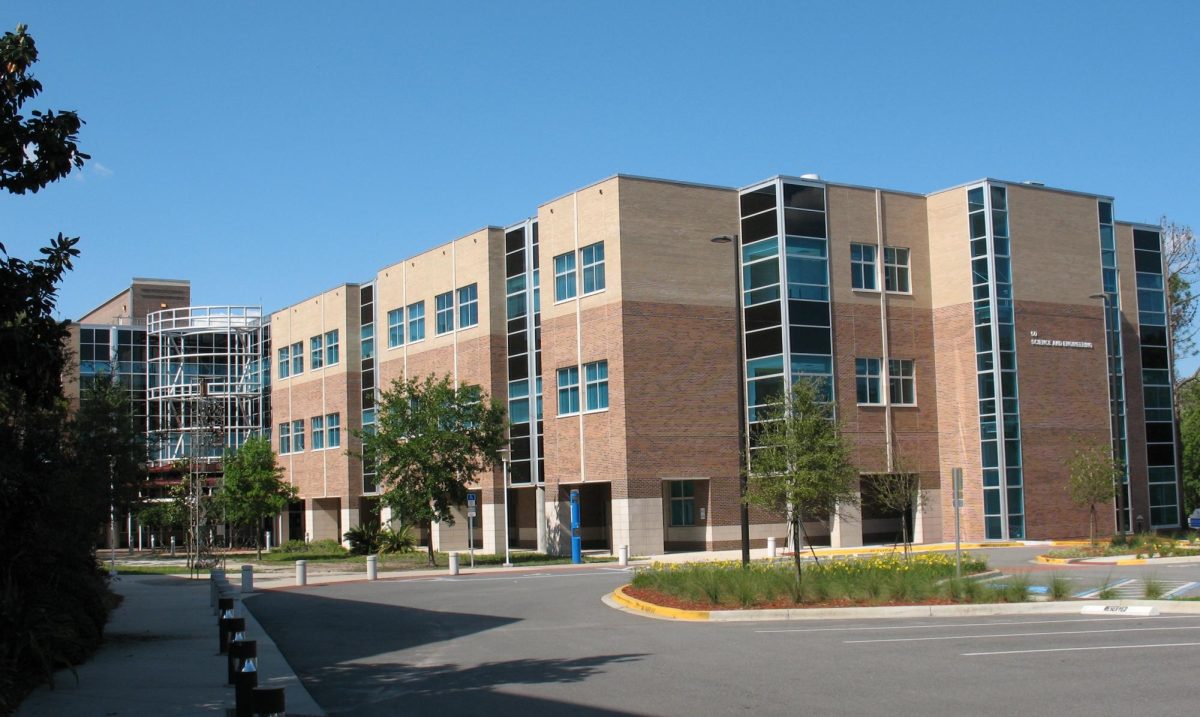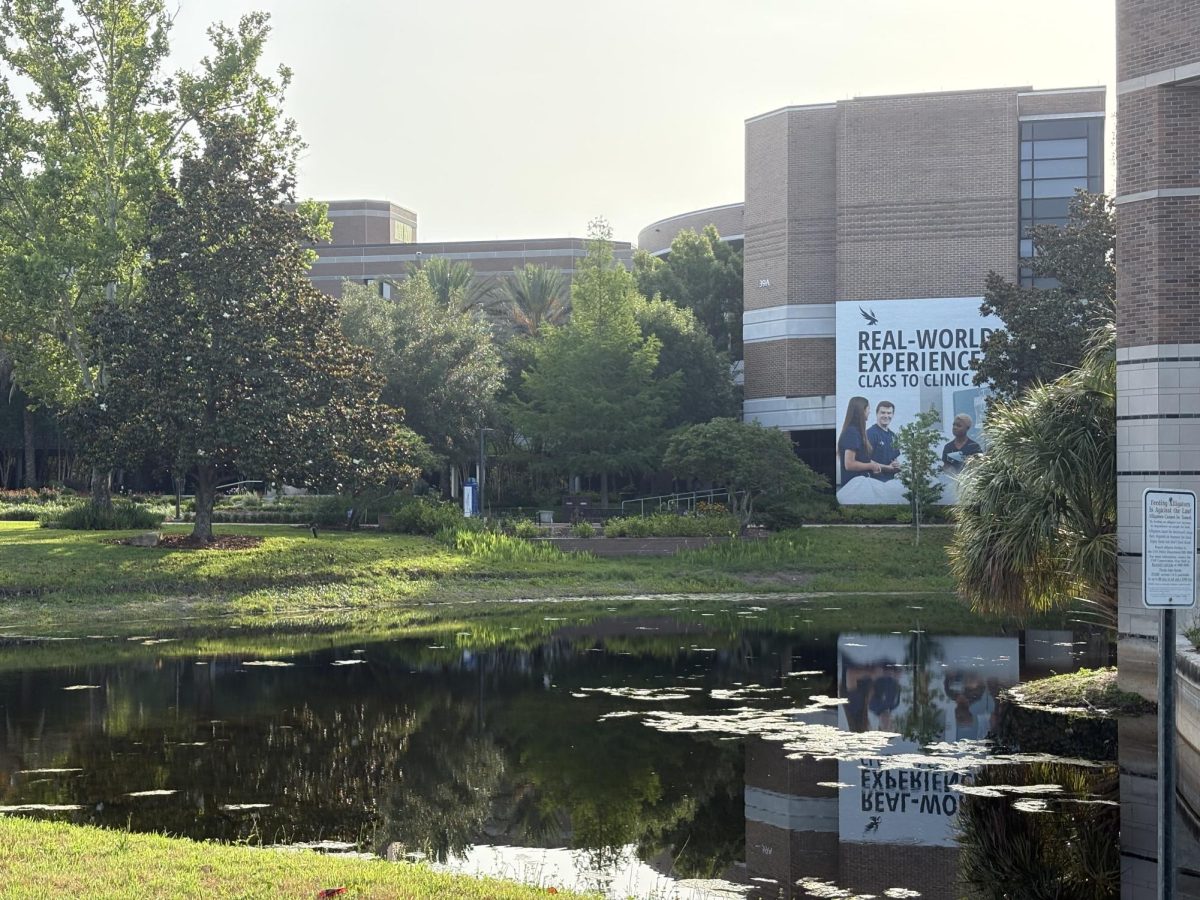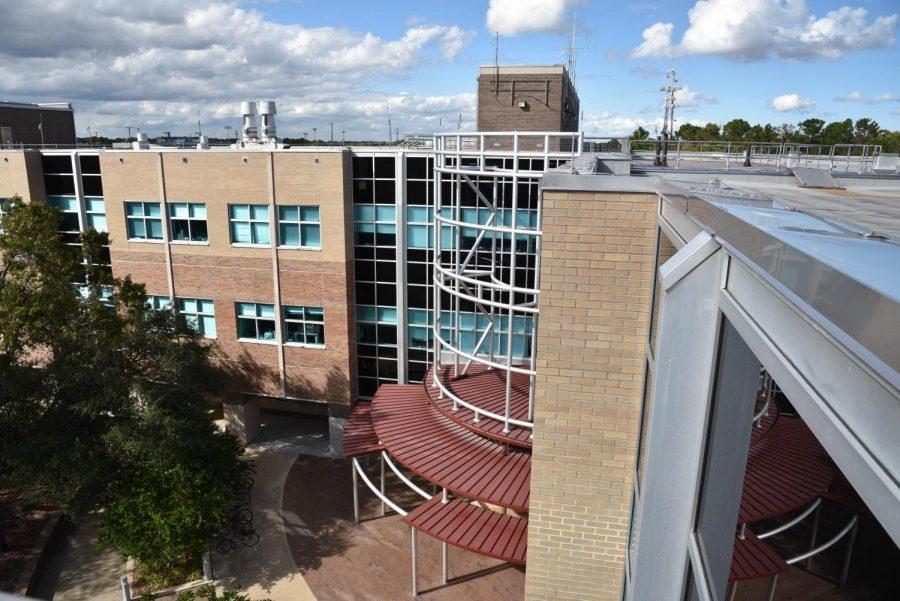Many higher education proponents argue the leading college ranking publication does little to represent institutions ensuring students receive a quality education.
The U.S. News & World Report, which has been ranking universities for 23 years, presently reaches an audience of nearly 12 million people. It is regarded as pioneering and largely legitimizing the idea of objective comparative measures of a school’s quality.
The report compares peer assessments, faculty resources and salaries, retention rates and student selectivity. It also looks at tuition and living costs.
But some critics of the rankings question how accurate and useful they are.
UNF Provost and Vice President for Academic Affairs Mark Workman sends his college peer review annually, as requested by U.S. News – which makes up 25 percent of its assessment. But the report, he said, is often superfluous because he has never visited many of the institutions he reviews.
The rankings don’t seem to report or measure the quality of education students are getting at college, said Judith Miller, UNF Executive Director, Office of Institutional Research and Assessment, who favors transparency in higher education.
“I think incoming students should know what kind of education they’re going to get,” Miller said.
According to many researchers, reliable measures of the quality of undergraduate teaching already exist.
The National Survey of Student Engagement gathers data on factors proven to correlate with learning, Miller said, which is why UNF uses it.
NSSE tracks high-impact practices like students first year seminars, capstone work, and the amount of reading and writing a student does, she said.
Marnie Jones, Associate Dean of the College of Arts and Sciences, said NSSE provides useful information. However, she said it is a survey of students’ impressions — so it does have some limitations.
Other ways administrators measure what students are actually learning include the Collegiate Learning Assessment test or the ETS Proficiency Profile.
UNF utilizes the ETS, Miller said, which is a respected test of analytic reasoning, critical thinking and written communication skills.
However, the nonprofits that administer the CLA and NSSE can’t report their findings publicly. Colleges and universities participate voluntarily and have control over the distribution of results.
Still, it’s the parents who typically make the final call for which school their child attends, and they are most familiar with the U.S. News and World Report.
“I have looked at U.S. News college rankings in the past,” said UNF mother Patti Schmidt. But she said she did not use them as the basis for which college she sent her child to.
Another UNF parent, Randy Taylor, said he did not put a lot of stock in the U.S. News rankings. Instead, he said he focused more on the field of study his child wanted to pursue.
Nonetheless, they have all heard of it.
Ben Miller is a policy Analyst for Education Sector, a nonprofit think-tank based in Connecticut. He said he believes the reason U.S. News is so popular is it was simply the first publication to get into the college rankings game.
“America’s higher education is simultaneously very diverse and opaque,” Miller said. “Which makes for a consumer nightmare.”
But rankings theoretically cut through those problems by creating clear, understandable lists. So the first one to come up with a reasonable ranking set has the advantage.
The U.S. News is really designed to rank the very top institutions, Miller said, but at the end of the day the quality of the number one school and the 25th best school probably aren’t wholly different.
To Miller and other higher education proponents, this presents a problem.
The 70 percent of students and schools that aren’t in the top 50, like UNF, are what we should care about, Miller said. That is where you see huge variations in quality.
“Some being so bad that we need to pay a great deal more attention to them,” he said.











